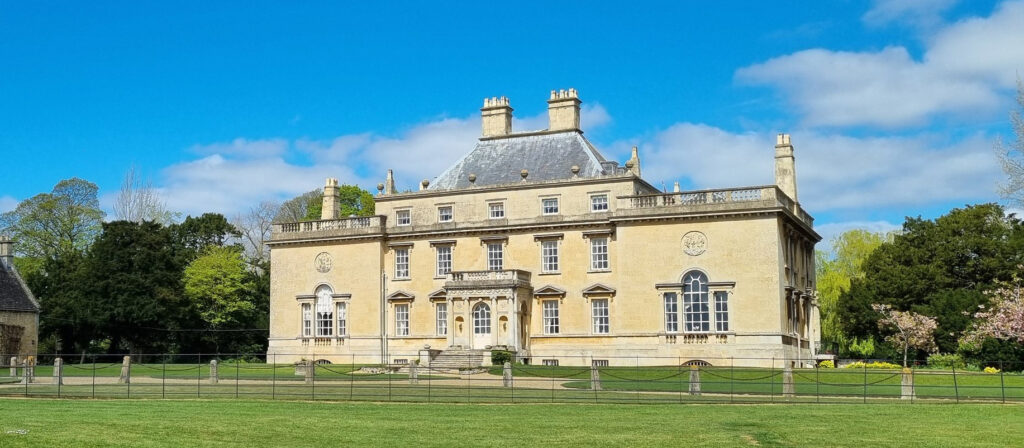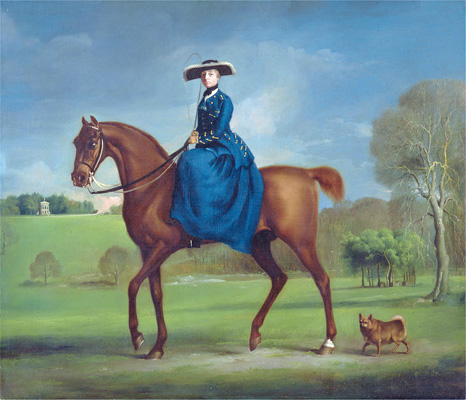Culverthorpe Hall – a monkey and the end of a dynasty

Since moving from Suffolk to Lincolnshire we have enjoyed many country walks in the surroundings of Culverthorpe Hall. Whilst many private estates seek to close off public access, the owners of Culverthorpe not only respect the public footpaths, but allow further access passing right past their front door to link the paths. It was here that we met a couple of local people who, like many Midlands folk that we have met, stopped us for a chat.
“You’ll know about the monkey murder over there, I suppose”, said the lady, nodding towards the house.
Well, of course we didn’t. But we were about to find out. The next few minutes were fascinating and set me off to find out more. Here is the full story.

Sir Michael Newton KB (a distant relation of Sir Isaac Newton) and his wife, Margaret, Countess of Coningsby enjoyed a lavish lifestyle in the beautiful country house that is Culverthorpe Hall. On 16th October 1732 Margaret gave birth to a boy, John, Lord Viscount Coningsby – an heir to continue the Coningsby line.
Life had treated them well, and amongst other trappings of wealth they could afford to keep exotic pets. Not the fashionable colourful parrots and so on, nor a caged menagerie. No. The Newtons had gone one better. They had a monkey, a large one – perhaps a baboon. The creature seems to have amused and entertained enough to become a beloved pet. Almost part of the family, it was free to roam the house.
Now, it may be that the monkey had long enjoyed being the favourite in the household – an indulged court jester perhaps – and resented the attention lavished on the tiny newcomer, but whatever the reason a dreadful tragedy was about to be enacted on the 14th January 1733.
The infant John, just three months old, was being attended by his nurse in one of the upper bedrooms. She was distracted by the sudden entrance of the monkey which took advantage of the moment to snatch the infant and bound from the room and thence run up to the roof, with the nurse in pursuit, calling for help. Was the monkey motivated by jealousy, or simply being its usual mischievous self? Who knows, but the outcome was dreadful. The monkey ran to the edge and hurled the baby to the ground, killing it instantly.
In 1761 Margaret, by then a widow died with no surviving male issue, so the Coningsby titles became extinct. In the neighbouring church of St Michael at Heydour, by the large tombs & memorials to the Newton family, there is a small slab in the floor marking the grave of the last Newton heir – John, Lord Viscount Coningsby, aged three months.
There is a local legend that the monkey, killed for its crime, nevertheless had a small mausoleum on an island on the estate. I think this unlikely, and in my own rambles have seen no evidence of it. But in any event, the story doesn’t end there. Fast forward to the twenty first century, and a nearby village …
The Oasby Baboon Tossing Night
To this day the story of the monkey’s murderous escapade remains alive in the villages around Culverthorpe, and none more so than in Oasby, where for the last couple of decades local Morris Men have developed a ritual to drive out the malign spirit of the monkey, ending with a chosen child hurling his effigy over the roof of the village pub, the Houblon Arms.
In truth it seems that this was mainly devised to raise funds for the annual BBC Children in Need appeal – hence the date in November. The monkey is pursued through the village by a posse of villagers with flaming torches … the video below explains the mayhem better than I ever could!
Sadly, the Covid lockdown and more recently the closure of the inn has meant that the Baboon Tossing Night has lapsed. I do hope it will be revived, as it looks a lot of fun. Although it is a rather bizarre way to commemorate the death of a child, John’s story supporting other ‘Children in Need’ is not such a bad legacy.
Footnote – A happy ending?
On the death of Sir Michael in 1743, the Culverthorpe estate passed to the Houblon family. In 1745 Margaret took a newly built house in Berkely Square, London. Margaret Newton, the 2nd Countess of Coningsby, became a well known society “salonnière” and her house was considered a cultural hub for the dissemination of taste, manners, political debate and knowledge. It seems that her later years were happy and fulfilling, and not overshadowed by the past.
